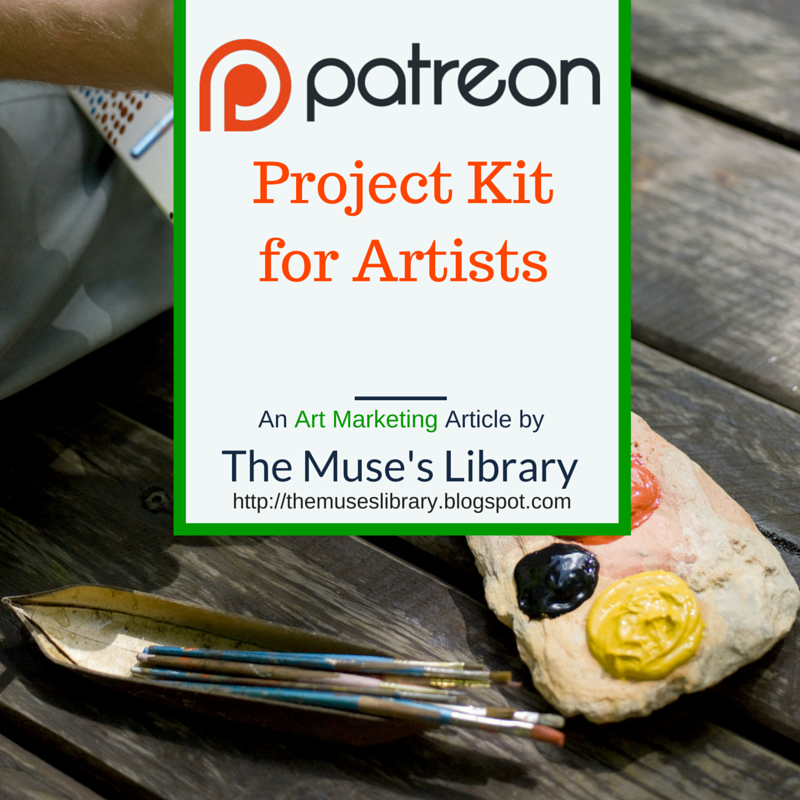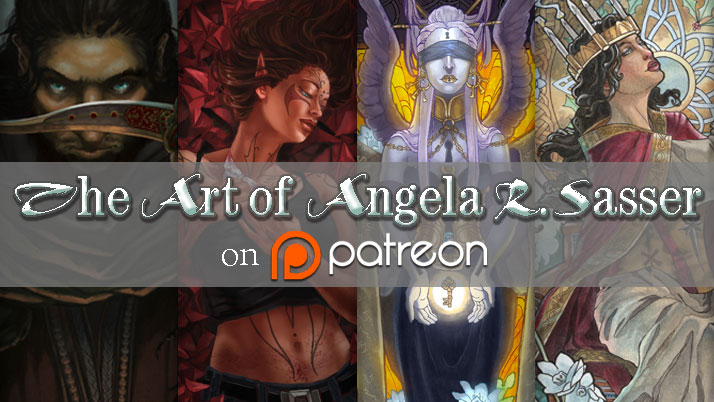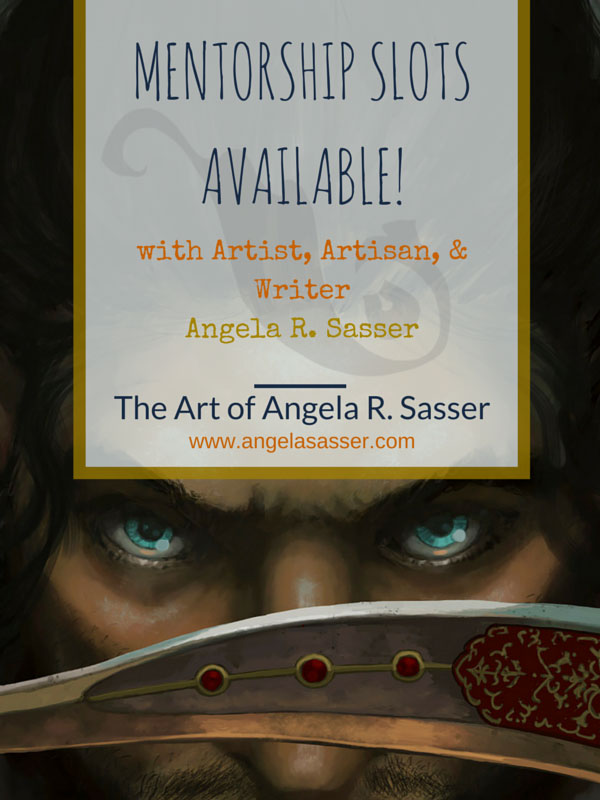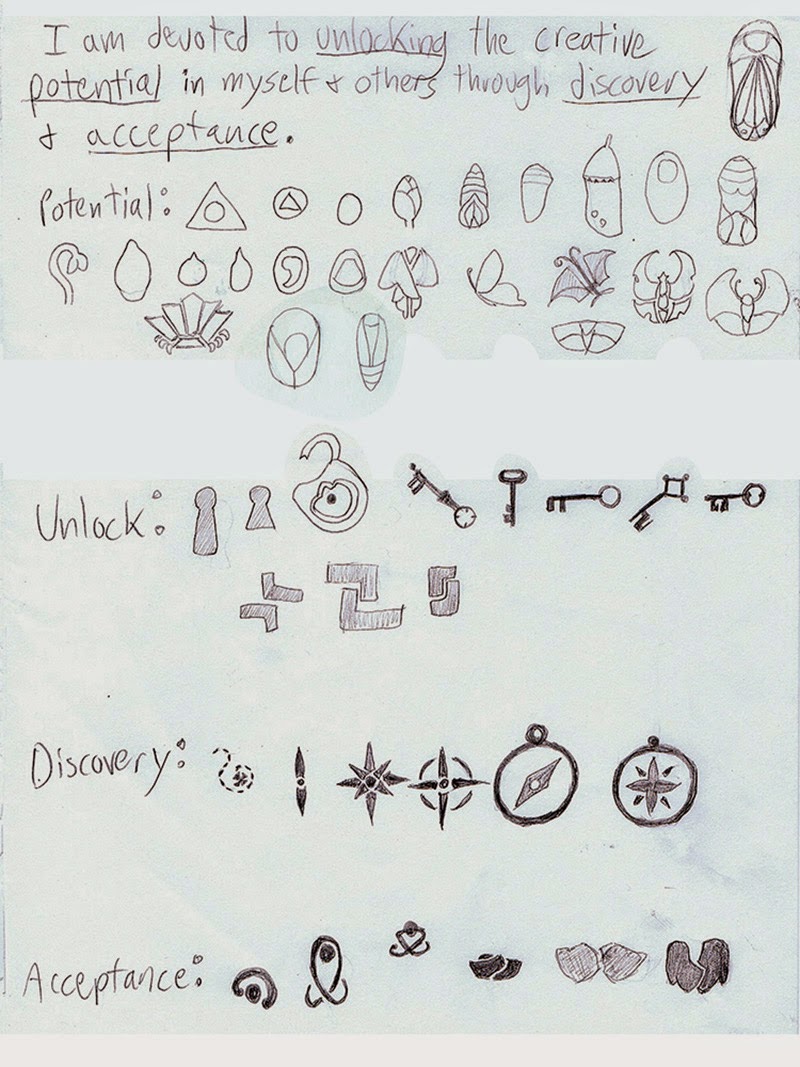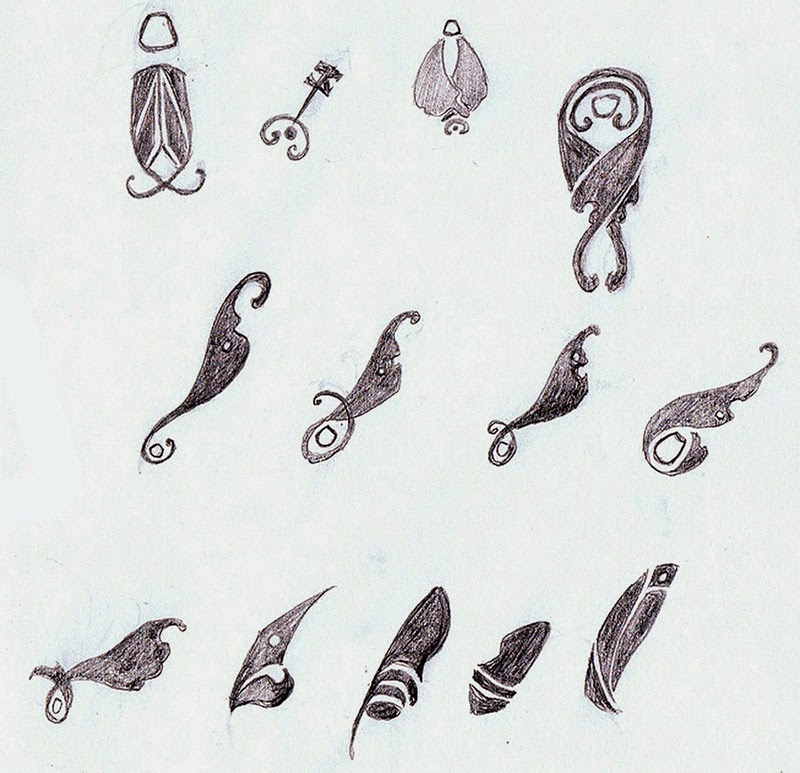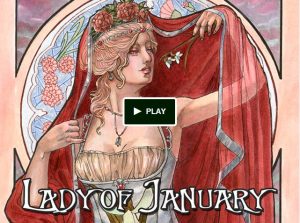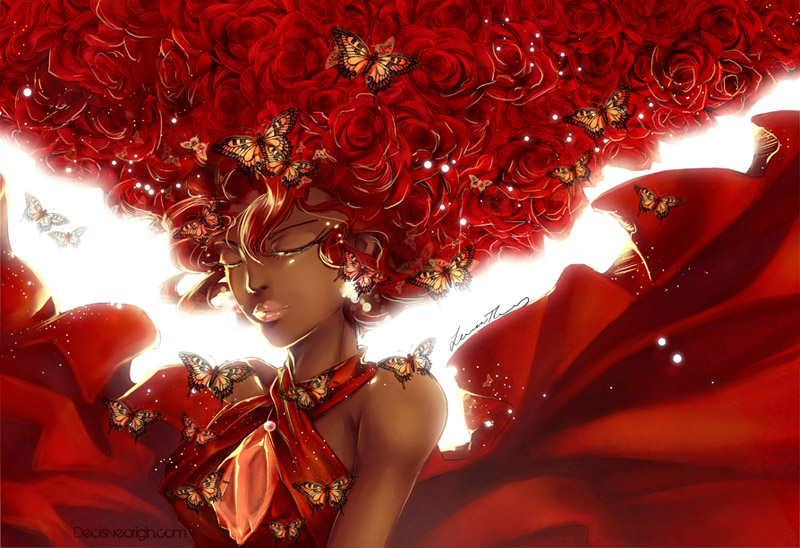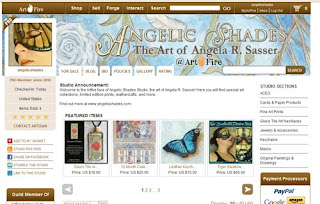Cross-posted from The Muse’s Library.
I’ve been on Patreon now for about a year since the site went live. I’ve tried a lot of different experiments in that time and have built a small, but dedicated following via this community-driven site. I’m a firm believer that crowd-funding is the wave of the future and the core building block of a growing breed of artist-entrepreneurs.
I thought I’d share that spirit of giving by sharing the structure, templates, and other resources that keep my Patreon ticking! I hope it helps other artists out there considering promoting their projects via this site. Let’s make a Patreon!
Release Schedule
When you set up your account, it’s important to have an idea of how and when your releases will occur and also other notices you’d like to send to your Patrons so you can be aware of how much you might be spamming them at once so they don’t get fatigued by your posts. Mine go something like this:
– Last Day of the Month. Patreon begins charging your Patrons on the 1st of the month, so let’s start there! The monthly image is uploaded. I only release one painting per month to keep things simple, but you may want to release more frequently! If I ever do more than one painting a month, I stagger out my releases so that there’s always one being posted per month. However, I do not charge monthly because I am a slow worker and I’d rather my Patrons only get paid when I release a painting, rather than taking a chance that they might not receive anything if I’m not productive enough.
– Within the First Week of the Month. Rewards for all levels are posted in individual posts (one for each tier) and a PM is sent out regarding my Keyword Inspiration sketch (an event I hold monthly for $5+ Patrons where they turn in prompts and I draw the most inspiring prompt).
– The 15th of Every Month. A mid-month reminder post reminding people to attend my monthly Studio Hangout (with a link to the Event on Google+), sharing a WiP of that month’s art, and any other important reminders that might be relevant. The 15th is also my internal deadline to have the physical Rewards mailed out.
– Last Wednesday of Every Month. A link to the recording of my live Studio Hangout is posted. The recording is auto-generated by Hangouts and posted to YouTube for me, which makes things easy.
Digital File Rewards
Digital Rewards are the cornerstone of any Patreon since they’re easy to fulfill and require less of an expense on the artist’s part. Here are a few ideas for distributing digital items.
– Patreon Attachments. The downside is a user might have to sift through a lot of posts to find the older Rewards that wouldn’t have been emailed to them. Storing a master list with links that you can link Patrons to in a private Rewards post is another idea to help keep track of older Rewards for new users.
– DeviantART’s Sta.sh. DA’s sta.sh allows for private viewing of file links for anonymous viewers who have the url. You can store any kind of file (image, video, etc.) and also ‘stack’ them if you have multiple releases you’d like to show at a single url. The current default limit for free users of DA is 2GB while Premium members get 10GB. Another random perk is that you can also hotlink to sta.sh files if you are embedding images into html on other sites.
– YouTube. YouTube allows you to upload videos at private links (called ‘unlisted videos’) that are only accessible to those who have the link. It’s a good alternative if you want to offer a streaming option for videos instead of requiring a complete download of the entire file.
Private Journal Entries
Sharing exclusive posts can really make Patrons feel special! However, Patreon’s current journal function is very limited and doesn’t allow images and text to be formatted easily. For this reason, here are some suggestions for ways to share private journals:
– WordPress Public Draft Previews. If you run a site built with WordPress, the Simple Preview plugin allows you to share a link to a Draft which is private and only accessible by those who know the url. The downside is comments currently don’t function on these posts. A workaround is to disable comments on the post and request that Patrons comment on the original Patreon post that led them, including a link so they can easily access the correct url to post their comments.
– DeviantART’s Sta.sh. While also useful for storing files, you can also use Sta.sh Writer to create more robust journal entries than Patreon currently does. These private journals also allow users to comment on them.
Physical Rewards
– Postcard and Greeting Card Mailings. I use www.postable.com for a fast, secure, and easy solution for mailing out postcards (ie. Christmas cards, Thank You cards, etc.) to my Patrons. You can personalize your cards online, though they will not be handwritten.
– Prints. I usually print off my own prints via an Epson Artisan 1430 which boasts lightfast inks and wide format printing (up to 13×19 inches), but when I need bigger and/or fancier prints (ie. giclee, canvas, mounted prints, etc.), I turn to www.iprintfromhome.com (tell them Angela Sasser sent you and we both get Thank You dollars when you make your first order!).
Reader Suggestions
Before I get to the Templates, I’d love to hear your reader suggestions in comments!
If you have any tips or resources you’d like to add that I find particularly helpful,
I’ll add your tip to this journal entry with a link to your Patreon page.
Let’s make this entry a great resource for the community!
Templates
It’s important to have a link to your Patreon wherever you promote your work. Here are a few buttons and banners to help you out with that!
Download the editable files all at once here.
